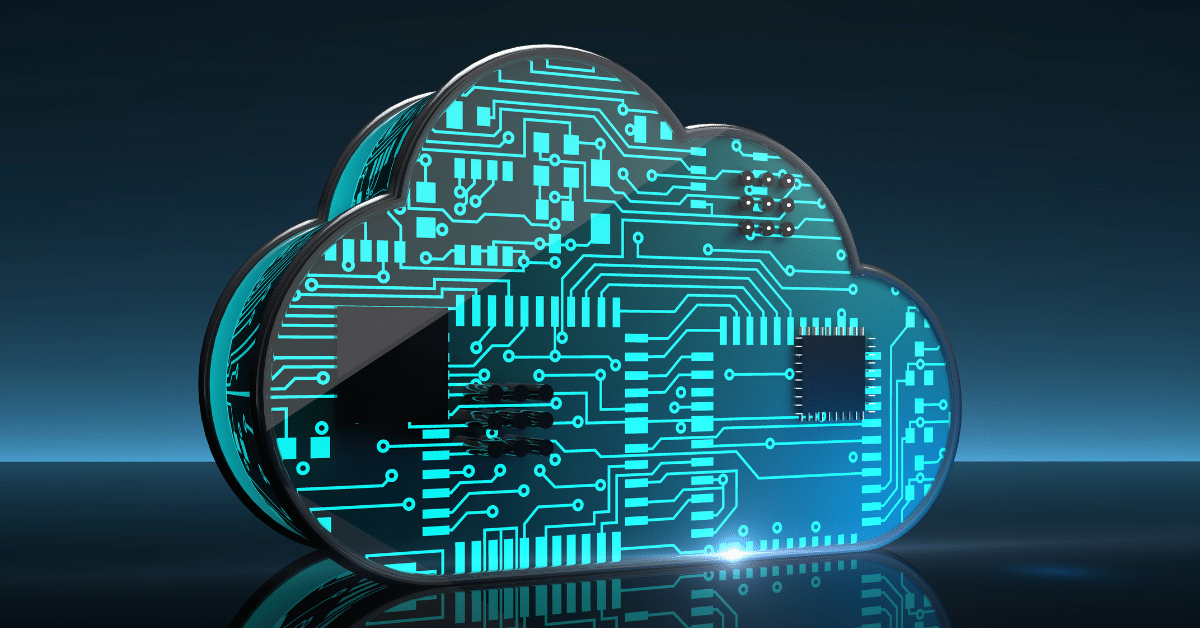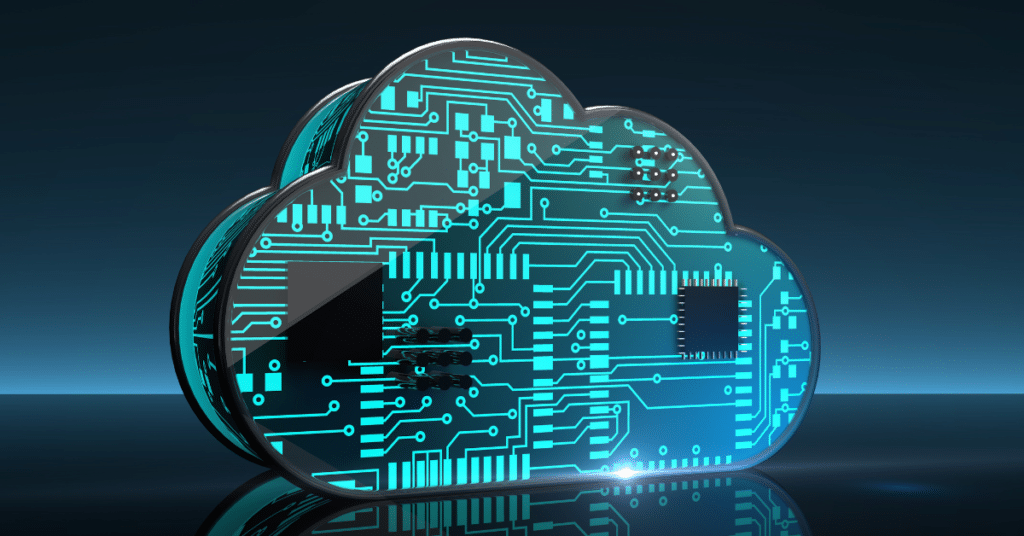
Shared Security: Who Is Responsible for Cloud Security?

Shared security is a term that is becoming increasingly common as companies move their data and services to cloud-based systems. As more businesses make the shift to the cloud, it’s important to understand what shared security means and who is responsible for keeping their information safe and for preventing and responding to security threats. It’s time to explore what shared security is and discuss who has responsibility for securing cloud-based data.
Let’s discuss shared security and how to determine who is responsible for all the different facets of cloud security.
What Is Shared Security?
The term ‘shared security’ is becoming increasingly prevalent in today’s digital world. It is an important concept to understand when it comes to cloud security, as it primarily revolves around the idea of shared responsibility between a cloud service provider and its customers for protecting their data and systems.
Shared security, or the shared responsibility model, is one that states that a cloud provider (the company through which you purchased cloud access or software) is responsible of the security of that cloud, cloud buyers (you and your business) are responsible for the security of their data within that cloud.
Think of it like this: the structure of your house (the walls, floor, ceilings, roof) protect your personal belongings from the elements, but they can’t protect those belongings from being lost if you leave a candle burning or choose not to lock your doors.
The cloud provider is responsible for the house and its walls. But you are responsible for what you bring into the house and who you let in through the front door. If your data and security practices aren’t compliant or based on IT best practices, you can still experience issues with lost, stolen, or corrupted data.
Types of Shared Responsibility Models
The “sharing” aspect of shared security varies based on the model you are using. There are three common cloud service models – SaaS, PaaS, and IaaS. Let’s break these down and talk about who is responsible for what in the cloud computing sphere.
When it comes to SaaS (software as a service), the cloud provider is responsible for almost everything when it comes to cybersecurity. From infrastructure to application, these processes and the data that is present within them will be protected by the cloud provider itself. This is the least hassle for you and your employees. It’s important to note, however, that login credential protection (like MFA)is on the user – so it’s important to have solutions in place to prevent and shut down attacks that can be launched via access control.
For PaaS (platform as a service), there are slightly more user cloud security responsibilities. The provider will provide comprehensive platform options and is responsible for platform applications, operating systems, login credentials, and user subscriptions. However, the user is responsible for any code, data, or other content that is produced and stored on the platform.
IaaS (infrastructure as a service) is the most burdensome for the user. The provider will supply and secure the basic infrastructure and networks as well as the physical location security of the data centers that house user data. But the operating systems, a software stack for applications, and data are all the user’s security responsibility.
Common User and Provider Responsibilities with Shared Security
The structures we mentioned above aren’t going to always have hard and fast rules – as with many things in the IT and security configuration landscapes, it’s all on a spectrum that is constantly evolving.
But most often, the users of cloud integrations and tools will be responsible for the data, applications, configurations, credentials, and outside connections that are used and accessed within the cloud structure.
Anything that connects to a user’s cloud and hasn’t originated from the cloud provider will be the user’s responsibility – all these items are the “belongings” we talked about in the house example.
Providers will typically be responsible for the physical and virtualization layers, as well as the provider services based on specific security environments (which can include things like databases, firewalls, caches, serverless computing, and the processing of big data).
Whether you are contemplating a switch to a new cloud provider or you’re diving into cloud computing for the first time for your business, it’s important to pay attention to which shared security model your provider will be utilizing, so you can ensure that you are partnering with an IT support provider like Verve to bridge any gaps that may exist between provider and user responsibility.
The Modern Workspace Is in the Cloud and It Needs to Be Secured
As we move through the 2020s, your company is more and more inundated with digitally native clients and employees. And as the work-from-home movement continues to gain popularity, it might be time to rethink how you are managing your cloud data services and access. Since the shared security model is an industry standard, it may be time to rethink your cloud security practices and providers.
That’s why Verve IT offers modern workspace services – we want to meet you where your data and networks are and we are passionate about creating an environment of success for our clients and their businesses.
Shared security models are just that – shared. At Verve, we see ourselves as your service partner, working alongside you and yours to create the best outcomes and keep your business running smoothly.
